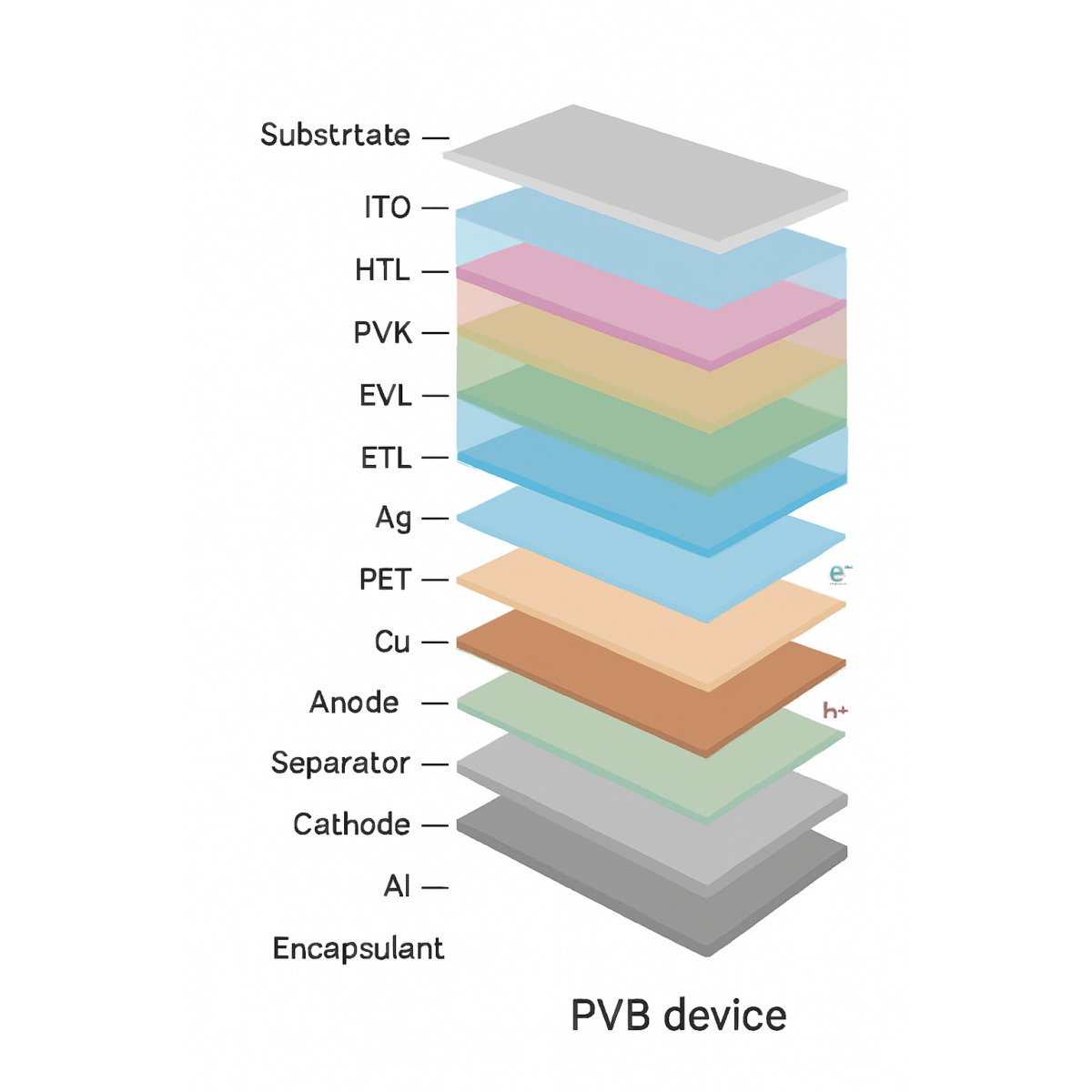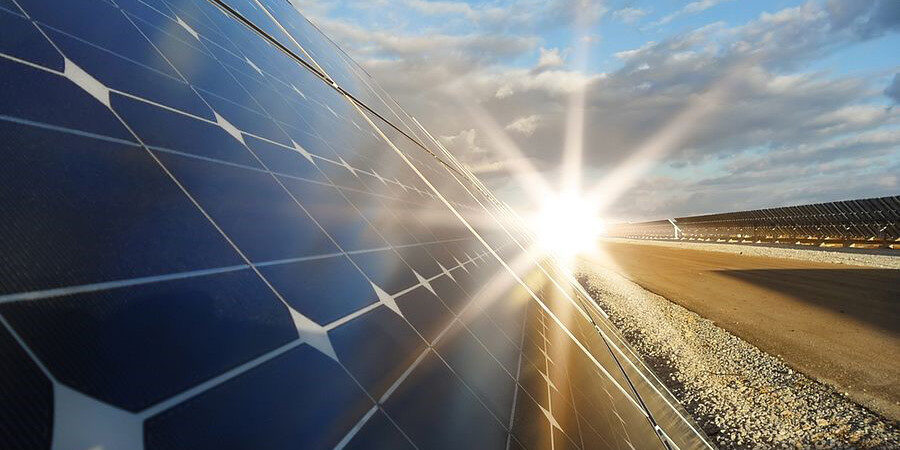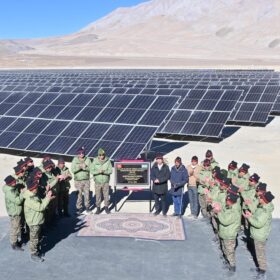A research team from the City University of Hong Kong has developed an integrated PV-powered battery (PVB) for portable electronics that can purportedly achieve stable photo-charging/discharging cyclability.
The scientists said that, in the design of the new device, they were able to overcome challenges in integration, miniaturization, and flexibility through a dual-functional, material-sharing strategy using ethyl viologen diiodide (EVI2).
“Traditional PVBs typically comprise externally connected independent solar cells and batteries. While this configuration is straightforward and relatively efficient, it lacks the potential for high integration, miniaturization, flexibility, and cost-effectiveness,” the group said. “An advanced, fully integrated design could overcome these limitations by harnessing the combined advantages of solar cell and battery technologies. The pursuit of highly efficient light-active materials with well-engineered surface properties, is critical for optimizing the power conversion efficiency from solar to electrical energy.”
At the center of the novel device was the use of EVI2 in perovskite solar cells (PSCs) and rechargeable batteries. The strong aromatic conjunction inherent in this compound, the group explained, accelerates electron transfer in the interface of perovskite and charge transport layer in perovskite solar cells. Concurrently, it is also augmenting the intrinsic charge transfer capacity within the ethyl viologen tin iodide (EVSn2I6) cathode in batteries.
The team created two versions of the cell, one using a rigid substrate made of glass and indium tin oxide (ITO) and the other using flexible polyethylene naphthalate (PEN) and ITO. After making the perovskite solution, they applied it by spin-coating, and following that, they treated the surface with the EVI2 solution.
To create the batteries, the team first needed to prepare the EVSn2I6 cathode material by mixing several solutions. Finally, to make the battery itself, a slurry containing EVSn2I6 powder, carbon, and binder is coated onto carbon cloth and assembled into CR2032 coin cells.
“The PVB devices were constructed by integrating battery components onto the PSC module within an Ar-filled glovebox. A PET film was adhered to the module using UV glue, to isolate the perovskite solar cell from the battery section, while also providing protection to the perovskite layer,” the academics explained. “For the application, a charging voltage protection board was connected between the PSC’s ITO electrode and the EVSn2I6 cathode and was built into the commercial continuous glucose monitor.”
The research team explained that the proposed material-sharing strategy demonstrated highly efficient and stable perovskite cells with an efficiency of 26.11% and the ability to retain 96.2% of the initial efficiency after 1,000 h.
The batteries using EVSn2I6 perovskitoid cathodes were found to deliver a capacity decay of just 0.0011% per cycle.
“Benefiting from the advanced material design and internal stacking device structure, the integrated PVB devices achieve an overall energy conversion efficiency of 18.54%, while the fabricated flexible PVB devices maintain an overall energy conversion efficiency of 17.62%,” the group concluded. “This device reliably powers a wearable glucose monitor for continuous 24-h operation, enabling real-time data tracking and transmission, thus highlighting the potential of flexible PVB devices in portable electronics.”
The system was presented in “Highly efficient all-perovskite photovoltaic-powered battery with dual-function viologen for portable electronics,” published in Nature Communications.
This content is protected by copyright and may not be reused. If you want to cooperate with us and would like to reuse some of our content, please contact: editors@pv-magazine.com.








By submitting this form you agree to pv magazine using your data for the purposes of publishing your comment.
Your personal data will only be disclosed or otherwise transmitted to third parties for the purposes of spam filtering or if this is necessary for technical maintenance of the website. Any other transfer to third parties will not take place unless this is justified on the basis of applicable data protection regulations or if pv magazine is legally obliged to do so.
You may revoke this consent at any time with effect for the future, in which case your personal data will be deleted immediately. Otherwise, your data will be deleted if pv magazine has processed your request or the purpose of data storage is fulfilled.
Further information on data privacy can be found in our Data Protection Policy.